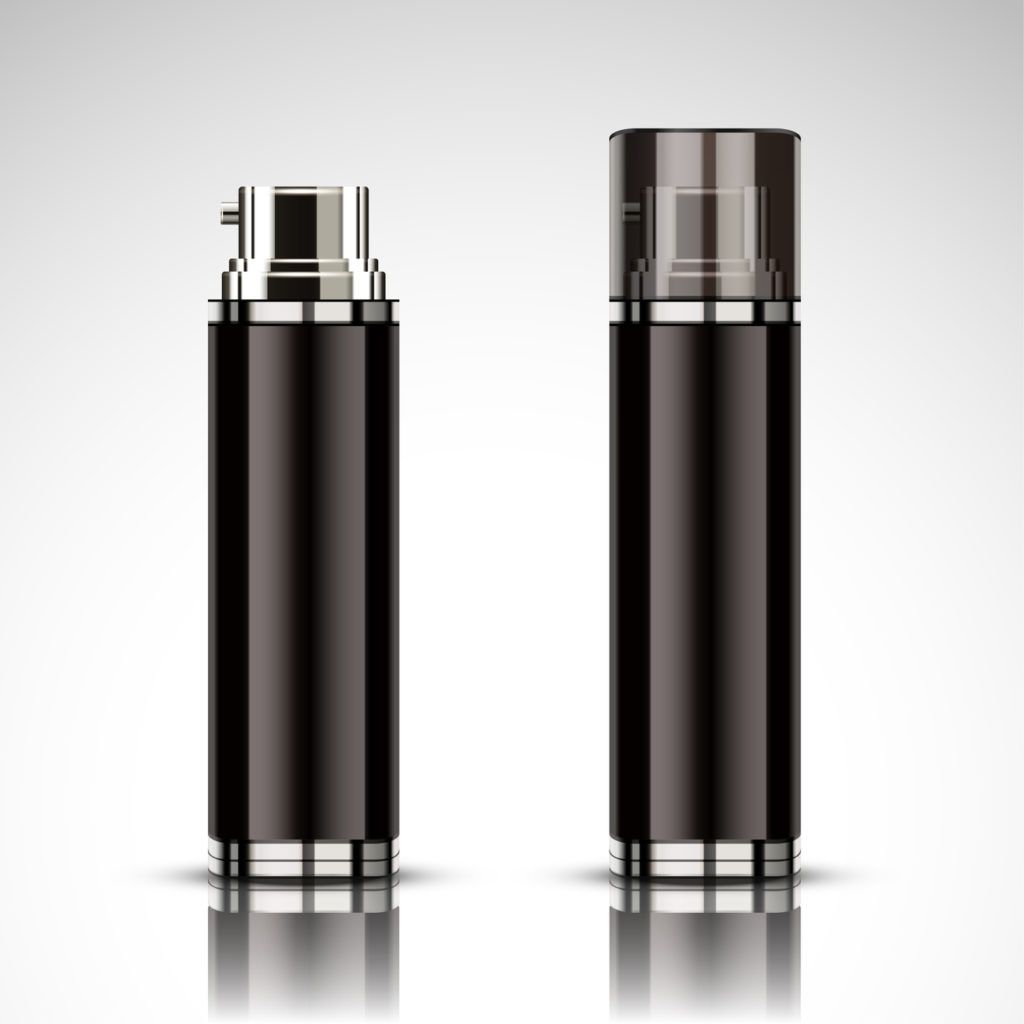- 718-728-9822
- 2583 31st Street, Astoria, NY 11102 (2nd Floor)
- astoriaderm@gmail.com
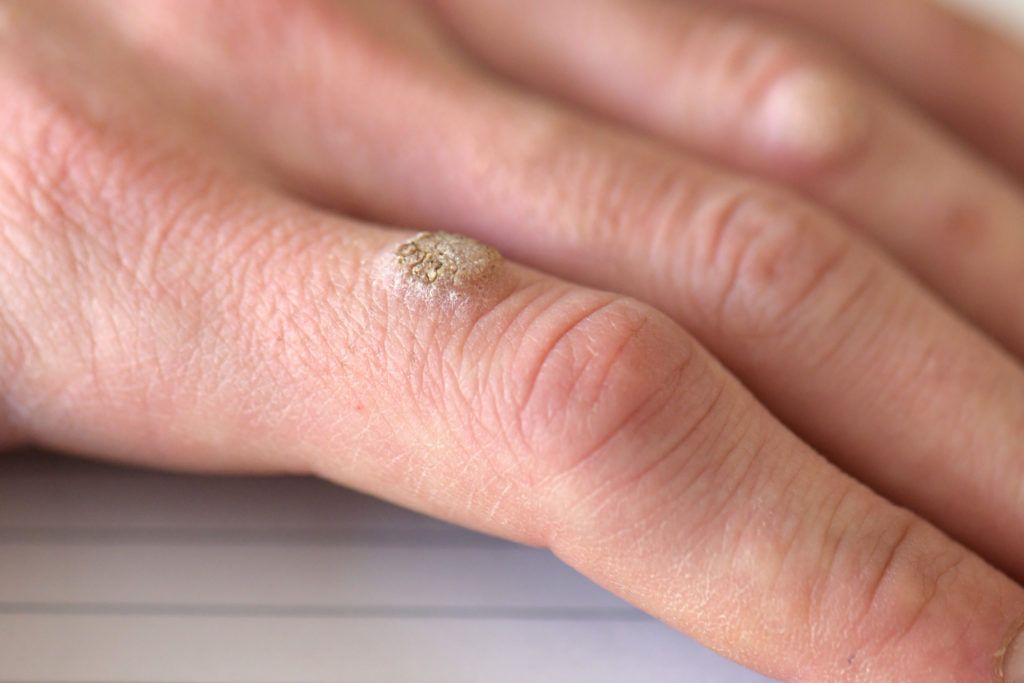
Warts are skin growths caused by viruses. Most warts are non-cancerous, but skin growths (warts) caused by the Human Papilloma Virus (HPV) are very much contagious and can spread person to person by physical contact. They may appear on a person’s private parts as well as any place on the body. Different warts respond to different treatments. There are numerous treatment options for warts including topical acid therapy, cryotherapy (liquid nitrogen freezing), cauterization (burning), curettage (scraping) and laser surgery.

Spider veins are extremely common, affecting nearly half of the adult population of the United States. Many patients are bothered when spider veins develop on prominent areas such as the legs or face and seek treatment to eliminate them. Many spider-vein treatments are highly effective and minimally invasive, offering aesthetically pleasing results without painful or lengthy downtime.
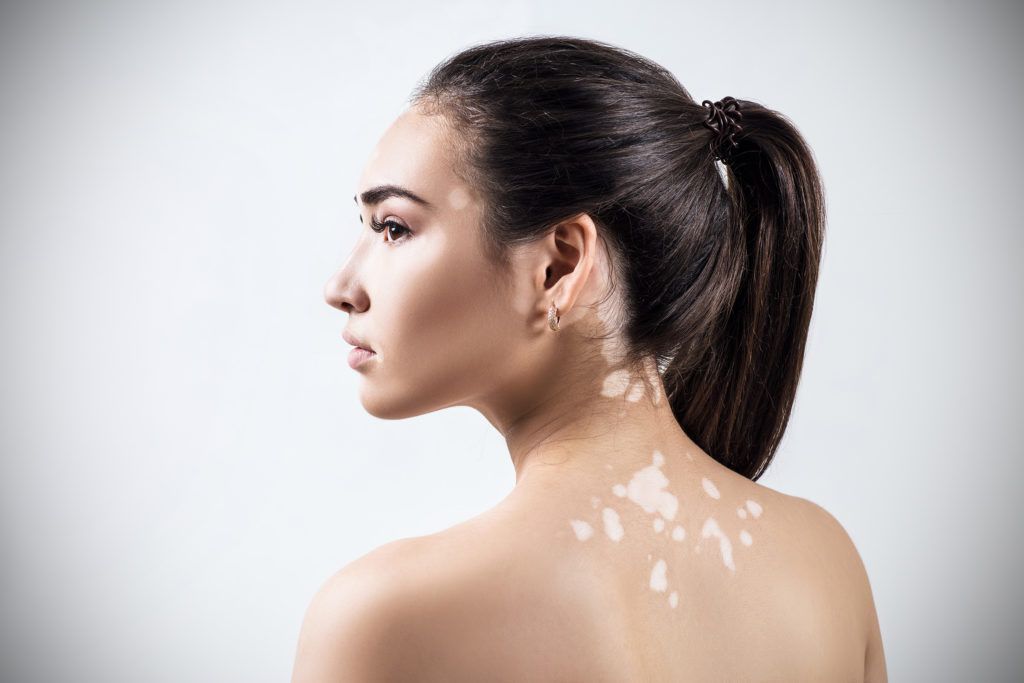
Vitiligo (vit-uh-lie-go) causes the skin to lose its natural color. Patches of lighter skin appear. Some people develop a few patches. Others lose much more skin color. Vitiligo can also affect other parts of your body. A section of hair can turn white. Some people lose color inside of their mouths. Even an eye can lose some of its color. What causes this color loss is still a mystery. We do know that vitiligo is not contagious. It is not life-threatening. The type of treatment that is best for you will depend on your preference, Several different topical (applied to the skin) medicines can add color to your skin.other forms of treatment we offer are light box therapy, and laser treatments.
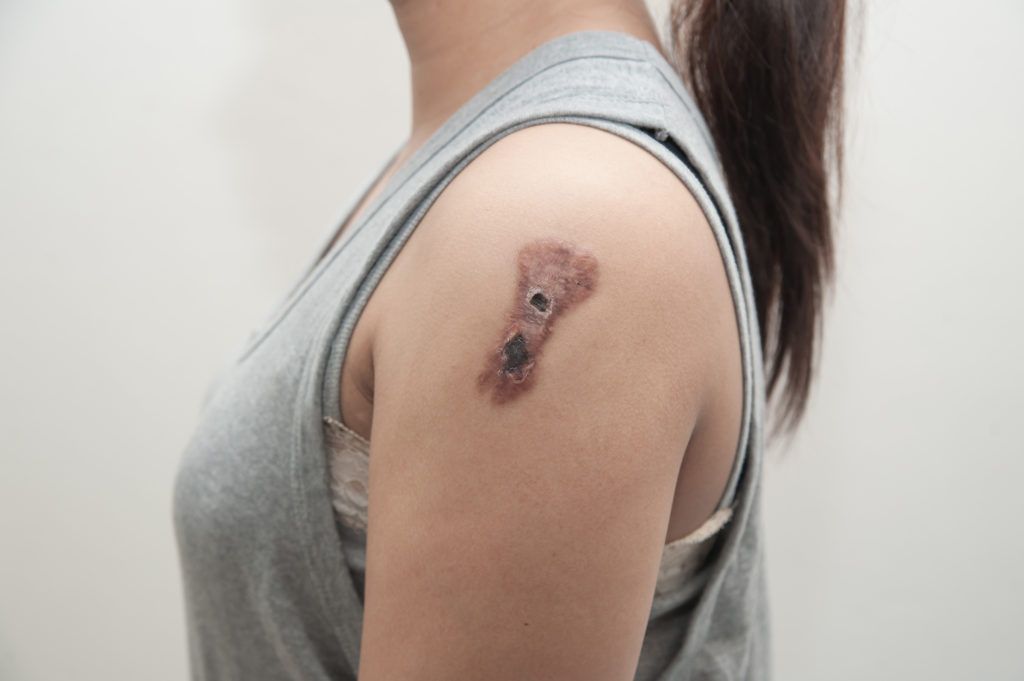
Skin cancer is the most common form of human cancers, affecting more than one million Americans every year. One in five Americans will develop skin cancer at some point in their lives. Skin cancers are generally curable if caught early. However, people who have had skin cancer are at a higher risk of developing a new skin cancer, which is why regular self-examination and doctor visits are imperative and an early diagnosis be made. Skin cancer affects people of all colors and races, although those with light skin who sunburn easily have a higher risk. At Astoria Derm , Dr. Nicolaides and his team perform comprehensive full body skin examinations.
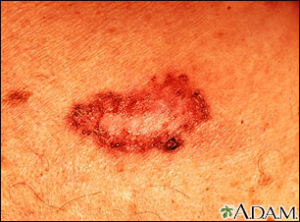
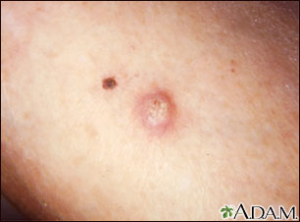
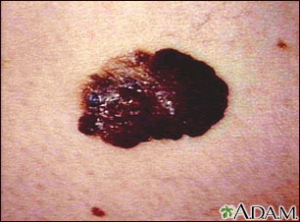

Shingles, caused by the varicella zoster virus comes from the same virus that causes chicken pox. After you have recovered from chickenpox, the virus remains dormant in your spinal cord until it gets its second punch and reappears with a painful rash that looks like a band or strip of blisters on one side of your body and wraps around the other, or even on your neck, nose or forehead. There are numerous treatments that Dr. Nicolaides and his team can perform, which includes the use of an anti-viral medication.

The type of scar that a person gets depends on many factors, wheather it’s from a surgical procedure, accident, ace, or burn. Just about everyone has a scar they wish would just fade away. Many factors come to play in the treatment of your scars. Dr. Nicolaides and his team diagnose the kind of skin injury that occurs in a person’s natural skin type and the location of the injury. We custom tailor the treatment of your scars. We also offer many treatment options such as chemical peels, microneedling (PPS), subscicions, punch grafting, soft tissue fillers and micro laser & profractional laser treatments.

Your skin is the largest organ of your body. Its function is to protect your body from infection. Sometimes the skin itself becomes infected. Skin infections are caused by a wide variety of germs, and symptoms can vary from mild to serious. Mild infections may be treatable with over-the-counter medications and home remedies, whereas other infections may require medical attention. There are four categories of major skin infections.
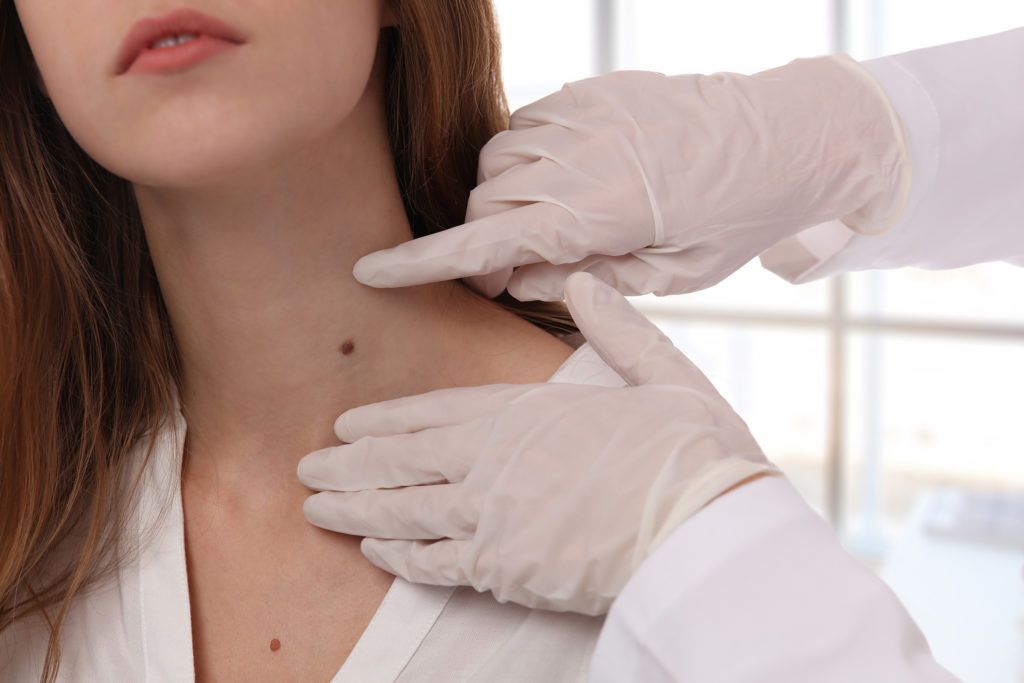
A skin tag is a non-cancerous skin growth that can occur anywhere on your body. Both men and women get them. They are usually found on the neck, chest, back, armpits, under the breasts, or in the groin area. Living with skin tags is more of an annoyance. Depending on where they are located, they tend to get stuck in zippers, clothing, and jewelry. Dr. Nicolaides and his team provide several types of skin tag removal options. While skin tags are harmless, some individuals find the appearance of skin tags undesirable. In this case, the skin tag removal procedure is simple and is performed in the office with minimal discomfort and quick recovery time.
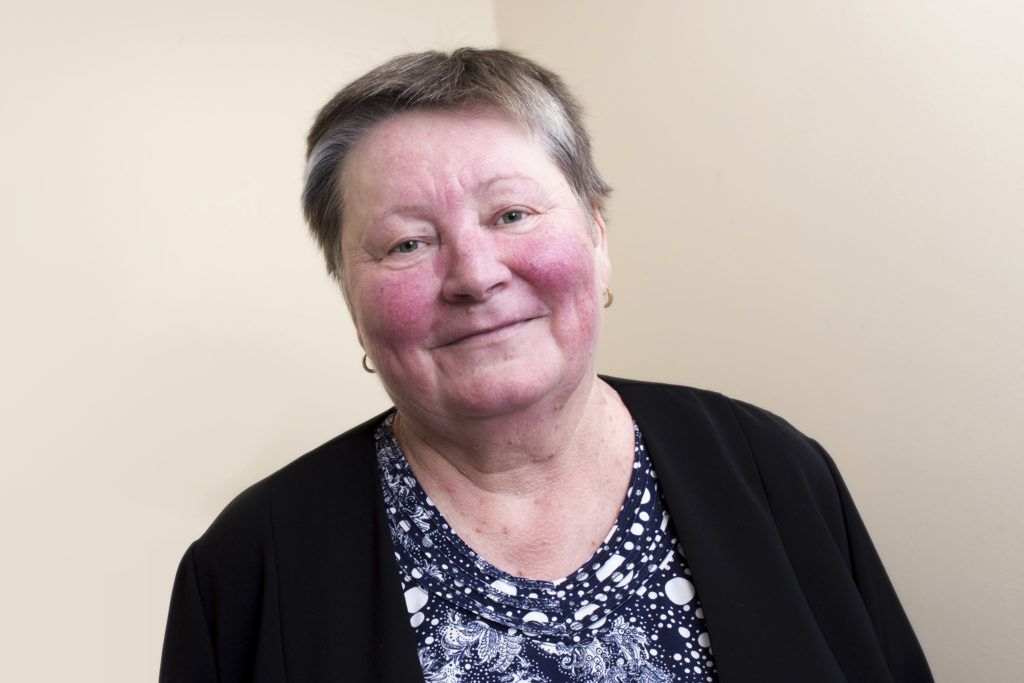
Rosacea, is an inflammatory skin condition that appears on your face. It causes redness and swelling on the scalp, neck, ears, and eyes. Your chest and back may also be affected. Symptoms range from red pimples, lines and visible blood vessels to dry or burning skin and a tendency to flush easily. With time, people who have rosacea often see permanent redness in the center of their face. Rosacea has four subtypes:
Treatment with topical and oral prescription medications often significantly improve rosacea. Laser and light-based treatments may be effective to minimize the redness and appearance of blood vessels.
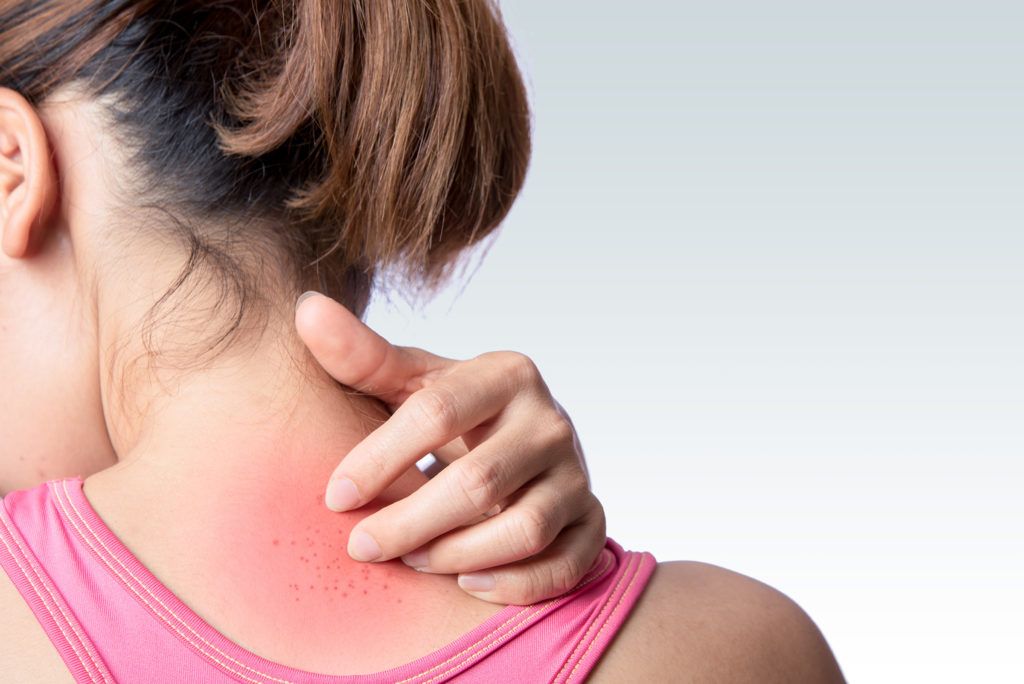
A rash is a change in the skin’s color or texture. Proper diagnosis is the most important in order choose the best therapy. Simple rashes are called dermatitis, which means the skin is inflamed or swollen. Other common rashes include eczema, psoriasis, impetigo, shingles, chicken pox, measles, insect bites and those caused by medical conditions such as lupus or rheumatoid arthritis. Dr Nicolaides may prescribe an over-the-counter topical product, a prescription topical or oral medication to treat the various rashes.
